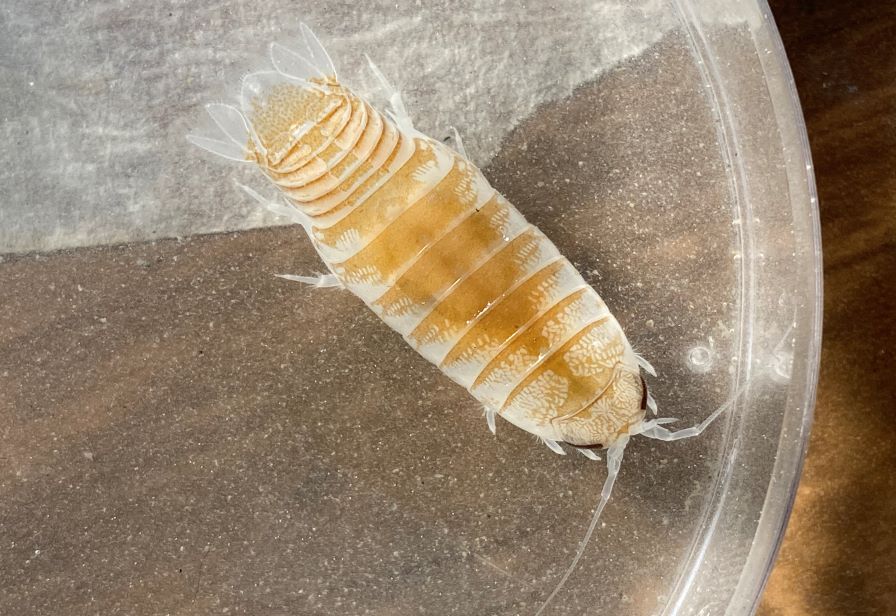Beach-goers heading to cool off in the sea this summer are being warned to act quickly if they are nipped by sea lice and other miniscule ocean critters.

Sea lice typically grow up to 1.5 millimetres long. (Photo: Rachael Peart/NIWA)
Taranaki swimmers have reported being stung and bitten, leaving them with a painful skin rash or severe itching, with the culprits likely to be sea lice, jellyfish and other marine creatures too tiny to see.
Abby Matthews, Taranaki Regional Council’s Director-Environment Quality, says the creatures are more prevalent and active in the summer months with the warmer sea temperatures and urged people to act quickly if they had suffered a bite or stung while paddling or swimming.
“Our region has some fantastic beaches and the awesome weather we’ve been having means they’ve been really busy with people cooling off and enjoying a swim,” says Ms Matthews.
“While we’re not warning people to stay away, we’re reminding beach-goers that there are hazards to be aware of. This includes marine creatures that can bite or sting and that can result in a pretty painful rash that will put a damper on your summer break or trip to the coast.”
Reactions to stings and bites can vary with some people experiencing mild itching and rash, while others may develop intense itchy rashes or other symptoms such as pain, fever, nausea or diarrhoea. In most cases, the rashes and itching should ease after a week.
Dr Jonathan Jarman, from the Taranaki Public Health Service, said that they had received several reports of itchy rashes following swimming in the sea.
“The best thing to do if you start to notice an itchy rash after swimming is to get out of your swim suit as soon as you can and then have a shower. That way you’ll remove any remaining stinging cells that remain on the skin. Togs will also need to be washed in hot soapy water and dried thoroughly to make sure all the stinging cells are removed or inactivated completely.
“The rash can be quite annoying but can usually be managed by over-the-counter medications from a pharmacy. Phone Healthline at 0800 611 116 or talk to your doctor if you are worried.”
Sea lice (or isopods) typically grow up to 1.5 millimetres long and tend to live in warm shallow sand or rock pools, or near the shoreline. A swimmer might feel a bite from a sea lice as they can be painful and leave itchy red dots on the skin – similar to a mosquito or flea bite.
However, beach-goers only tend to be aware of jellyfish stings after they have left the water when their skin develops an itchy rash that can sometimes blister and weep. Microscopic jellyfish can leave a skin rash around and under swimwear where there is potential for them to become trapped.
While the Council doesn’t monitor for sea lice and jellyfish, it does collect weekly bacteria and toxic algae samples from beaches, river and lakes. You can check the water quality and get other information on the Council’s Can I Swim Here? webpage here(external link).